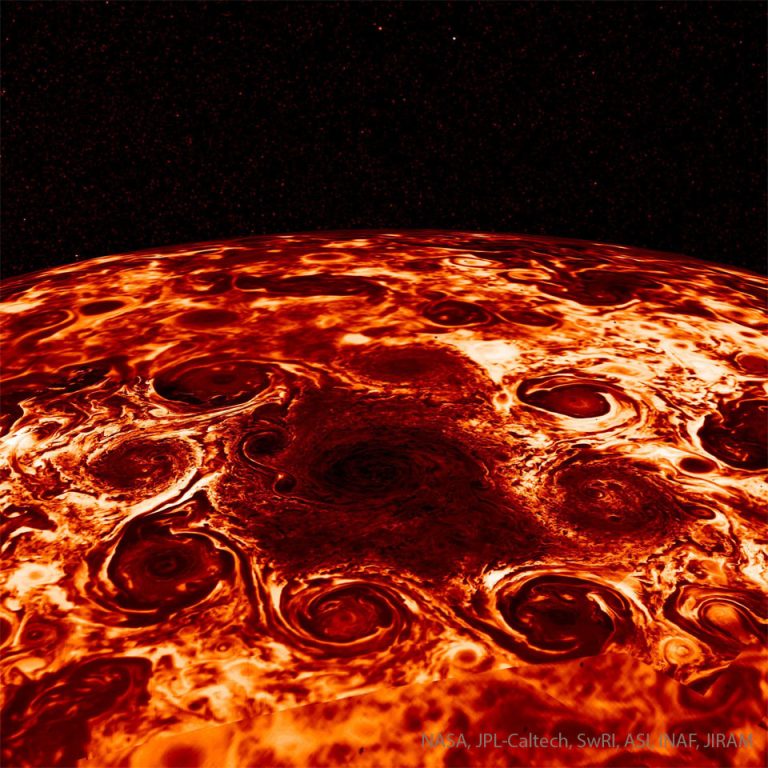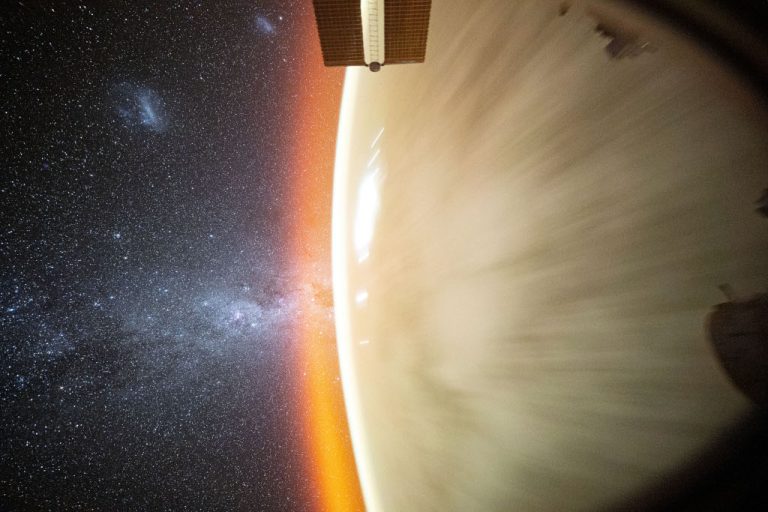2025年2月6日
IC 2574: Coddington’s Nebula
Image Credit & Copyright: Lorand Fenyes
Explanation: Grand spiral galaxies often seem to get all the glory, flaunting their young, bright, blue star clusters in beautiful, symmetric spiral arms. But small, irregular galaxies form stars too. In fact dwarf galaxy IC 2574 shows clear evidence of intense star forming activity in its telltale reddish regions of glowing hydrogen gas. Just as in spiral galaxies, the turbulent star-forming regions in IC 2574 are churned by stellar winds and supernova explosions spewing material into the galaxy’s interstellar medium and triggering further star formation. A mere 12 million light-years distant, IC 2574 is part of the M81 group of galaxies, seen toward the northern constellation Ursa Major. Also known as Coddington’s Nebula, the lovely island universe is about 50,000 light-years across, discovered by American astronomer Edwin Coddington in 1898.
Tomorrow’s picture: pixels in space
IC 2574: 科丁顿星云
影像提供与版权: Lorand Fenyes
说明: 宏伟的螺旋星系通常是大家目光的焦点,因为其美丽对称的螺旋臂上,总是密布着年轻明亮泛蓝的星团。不过,娇小的不规则星系也能够孕育新星。举例来说,证据清楚显示,矮星系IC 2574的泛红氢气发光区,拥有很剧烈的恒星诞生活动。就如同螺旋星系一样,IC 2574的湍动恒星形成区,受到了恒星风的翻搅,而超新星爆炸也会把物质注入星系的星际物质中,触发更多的恒星诞生活动。位于北天大熊星座方向,距离我们仅约有1千2百万光年远的IC 2574,是M81星系群的成员之一。IC 2574亦有科丁顿星云(Coddington’s Nebula)之称,因为这个宽约5万光年的宇宙岛,是在1898年由美国天文学家科丁顿所发现的。
明日的图片: pixels in space







